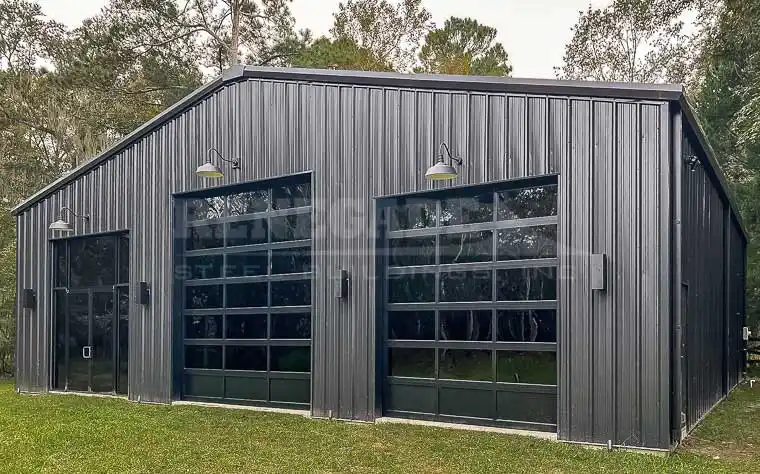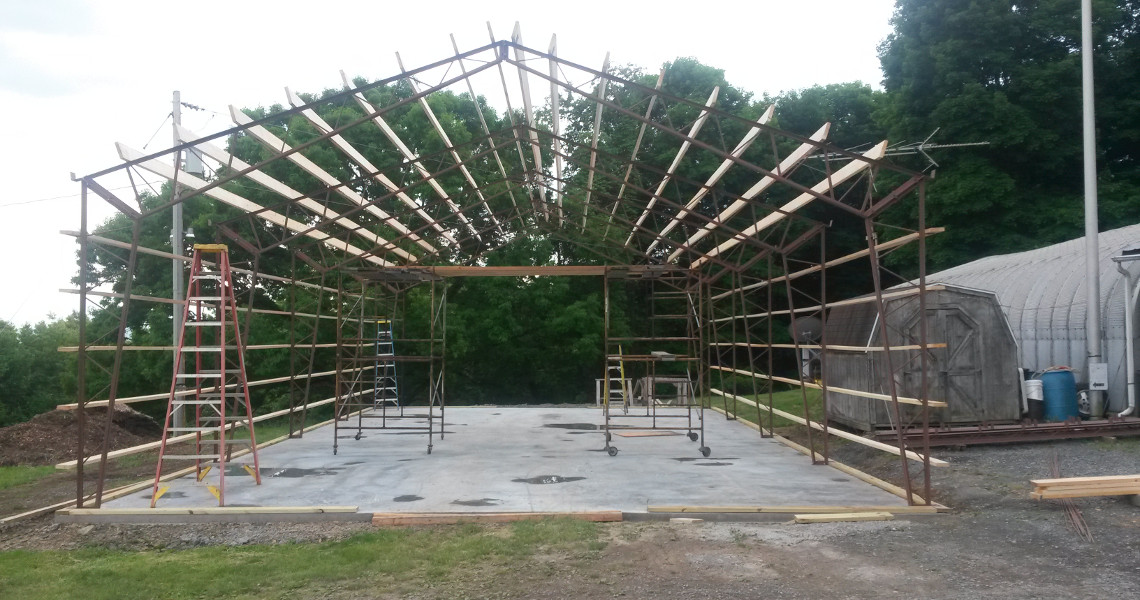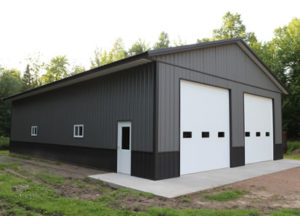Expert Guide to Steel Structure Design: Taking Full Advantage Of Efficiency and Durability
In the world of construction, the option of structure material holds vital importance in establishing the efficiency and long life of a structure. Steel, with its phenomenal stamina, longevity, and flexibility, has arised as a popular alternative for modern structure style. Architects and engineers are continuously discovering ingenious methods to harness the possibility of steel in creating lasting and enduring structures. From maximizing style factors to consider to implementing economical building and construction strategies, the trip in the direction of optimizing efficiency and longevity in steel building layout is a complex one, supplying a mix of sensible obstacles and imaginative remedies that thrust the sector onward.
Advantages of Steel Structures
Steel structures use exceptional sturdiness and cost-effectiveness contrasted to conventional building and construction products. The strength of steel offers excellent structural stability, making it a recommended choice for structures that need to endure severe weather condition conditions or hefty loads.
In terms of cost-effectiveness, steel structures are typically much more economical than frameworks made from various other products. The reliable construction procedure of steel structures can cause lowered labor costs and shorter job timelines. Steel's durability likewise equates to decrease upkeep expenditures over time, as there is less demand for fixings or substitutes contrasted to standard structure materials.
Layout Considerations for Efficiency
Provided the advantages of steel buildings in regards to sturdiness and cost-effectiveness, it is crucial to concentrate on design factors to consider that optimize performance and durability. When developing a steel building for optimal efficiency, factors such as the layout, orientation, and insulation must be very carefully considered. Reliable formats can reduce product waste during building and construction and boost the capability of the building. In addition, selecting the appropriate positioning can assist make best use of all-natural light direct exposure, minimizing the need for artificial lighting and lowering power prices.

Moreover, incorporating energy-efficient systems, such as heating and cooling, lighting, and renewable resource resources, can better improve the performance of steel buildings. By incorporating these layout factors to consider, steel frameworks can accomplish ideal performance and durability, offering sustainable and cost-effective remedies for different building jobs.
Architectural Stability and Long Life

In addition, the choice of premium steel and finishes is vital for longevity. Corrosion-resistant coatings secure against corrosion and damage, extending the life of the framework. Normal maintenance, including examinations for indicators of wear or damages, is likewise essential for recognizing and attending to issues prior to they compromise the structure's integrity. By focusing on architectural stability in the layout phase and throughout the structure's lifespan, proprietors can ensure their steel structures continue to be risk-free, efficient, and sturdy for years to come.
Cost-efficient Construction Techniques
Reliable construction techniques play a crucial duty in managing expenses without jeopardizing the high quality and honesty of steel structure tasks. One cost-effective approach is making use of pre-engineered steel structure systems. These systems are designed off-site and after that set up on-site, reducing building time and labor expenses. Furthermore, pre-engineered steel buildings are understood for their longevity and call for minimal upkeep, causing lasting price financial savings.
An additional cost-efficient approach is the design-build method, where the layout and building and construction stages are integrated. This method promotes collaboration between the style and building and construction groups, improving the procedure and lessening hold-ups and cost overruns (steel buildings). By involving all stakeholders initially, possible problems can be identified and resolved early, conserving both money and time
Moreover, embracing sustainable construction techniques, such as making use of recycled steel and integrating energy-efficient attributes, can result in significant expense financial savings in the lengthy run. These techniques not only lower building and construction waste but additionally reduced operational prices with improved power effectiveness. In conclusion, executing affordable construction approaches is crucial for making best use of performance and making certain the durability of steel structure tasks.
Upkeep Tips for Longevity
Proper upkeep methods are essential for ensuring the long life and architectural stability of steel buildings. Normal inspections are important to recognize any type of signs of deterioration, damage, or wear that can endanger the building's longevity. As part of a thorough maintenance plan, it is very important to immediately resolve any issues that occur to stop them from rising and causing more comprehensive damage.

Another crucial maintenance idea is to inspect the building's welds, links, and bolts to guarantee they are protected and in excellent condition. Any type of broken or loosened components ought to be fixed or replaced immediately to maintain the structural stability of the structure. By executing a positive upkeep routine, steel structure proprietors can maximize the durability and efficiency of their frameworks.
Conclusion
In conclusion, steel structures supply many benefits such as effectiveness, cost-effectiveness, and long life. By carefully taking into consideration style elements, ensuring architectural integrity, and utilizing cost-efficient building methods, steel structures can be enhanced for optimal effectiveness and longevity.
From maximizing style considerations to implementing cost-effective construction strategies, the trip in the direction of making best use of performance and long life in steel building design is a multifaceted one, providing a blend of functional challenges and imaginative options that drive the industry ahead.
Given the advantages of steel structures in terms of sturdiness and cost-effectiveness, it is essential to concentrate on design considerations that take full advantage of performance and longevity. When creating a steel structure for optimal effectiveness, factors such as the alignment, layout, and insulation need to be thoroughly considered. In this website final thought, implementing economical construction techniques is important for maximizing efficiency and guaranteeing the long life of steel building projects.
By very carefully taking into consideration layout facets, ensuring structural integrity, and utilizing affordable building and construction approaches, steel structures can be optimized for maximum performance and long life.